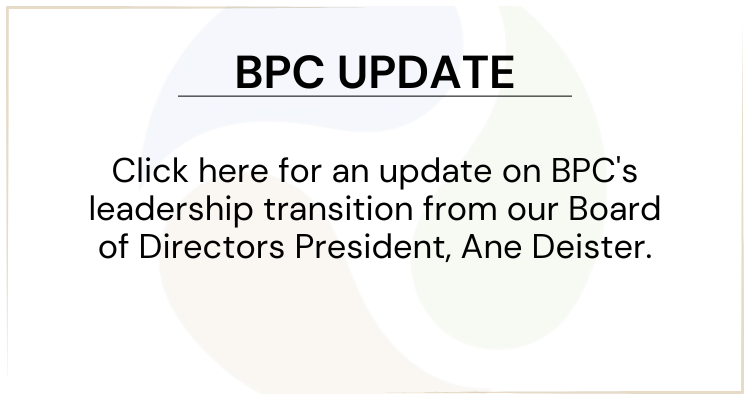|
Perkins Coie Update
|
|
Final Rule Issued on Economic Impact Analyses for Endangered Species Act
Critical Habitat Designations On August 28, 2013, the U.S. Fish and Wildlife Service and the National Marine Fisheries Service (Services) issued a final rule revising their regulations for analyzing the economic impacts of critical habitat designation under the Endangered Species Act (ESA). While the determination of whether to list a species under the ESA is based solely on biological considerations, section 4(b)(2) of the ESA provides that areas may be excluded from critical habitat when the benefit of doing so, including economic considerations, outweighs the benefit to the species from inclusion. The timing and methods for analyzing the economic impacts of a critical habitat designation have been the source of considerable controversy and litigation.
Background. The final rule stems from a legal opinion by the Department of Interior in October 2008 and an ensuing Presidential Memorandum in August 2012. The 2008 legal opinion states that the Services have wide discretion in deciding whether to exclude areas from critical habitat; the 2012 Presidential Memorandum then directed the Services to revise their regulations to provide economic analyses when designating critical habitat. Timing of the economic impact analysis. The final rule requires that the economic impact analysis be published at the same time as the proposed critical habitat designation. This approach should help to improve the consideration of economic impacts as compared to prior practice, which involved publishing the economic analysis for comment later on in the process and thereby limited the Services’ ability to integrate that analysis into the final habitat designation.
Incremental vs. baseline approach. The final rule also adopts the “incremental” over the “baseline” approach, thereby addressing a longstanding dispute over the proper starting point for an economic impact analysis. Under the incremental approach, the economic analysis is based solely on the impacts caused by the critical habitat designation itself, and does not consider the costs caused by the initial decision to list the species. This tends to minimize economic impacts, which are mostly attributed to the listing decision. The baseline approach, by contrast, posits that the costs associated with listing and critical habitat designation cannot be separated and both should be considered as part of the designation. This conflict is, in part, the result of dueling court decisions, with the Tenth Circuit decision in New Mexico Cattlegrowers Ass’n v. FWS, 248 F.3d. 1277, (10th Cir 2001) favoring the baseline approach, and the Ninth Court decisions in Arizona Cattlegrowers Ass’n v. Salazar, 606 F.3d 1160 (9th Cir 2010) and Gifford Pinchot Task Force v. USFWS, 378 F.3d 1059 (9th Cir. 2004) favoring the incremental method. Industry generally opposes the incremental approach, arguing that it essentially negates the ESA’s requirement to consider economic impacts in designating critical habitat and makes it difficult to exclude areas from designation. Major issues unresolved. The final rule does not address other important questions associated with economic impact analyses. The Services do not have any consistent guidance on the proper methodology for conducting these analyses, and widely varying approaches have been used. The Services also have failed to resolve the question of what constitutes adverse modification to critical habitat, which is prohibited under section 7(a)(2) of the ESA. The same Ninth Circuit precedent supporting the incremental method also suggests that critical habitat designation imposes a recovery requirement, which is more protective than the other section 7(a)(2) prohibition against causing jeopardy to a species. If this is the case, even the incremental approach could result in significant costs above those attributable to listing. This is because protecting critical habitat would impose restrictions to recover a species, rather than the typically less extensive restrictions that result from listing to avoid jeopardy. The Services’ final rule is published at 78 Fed. Reg. 53058 (Aug. 28, 2013), and it takes effect on October 30, 2013. It will be implemented on a prospective basis only and does not affect any previously issued critical habitat designation. |



